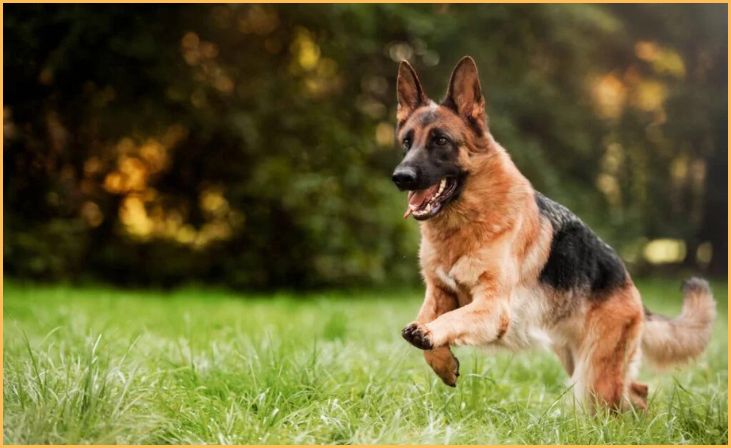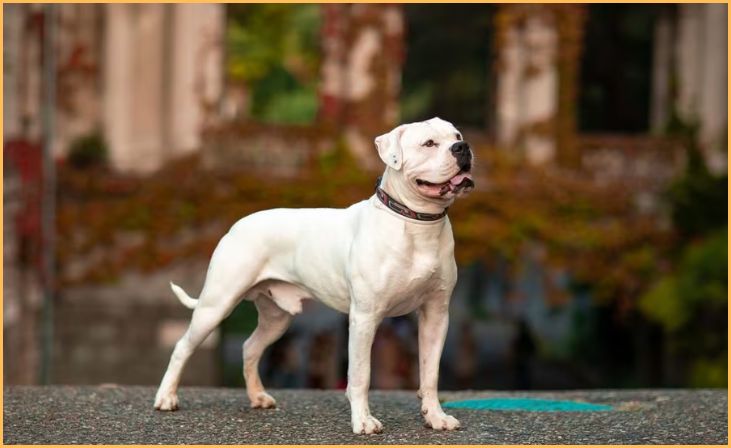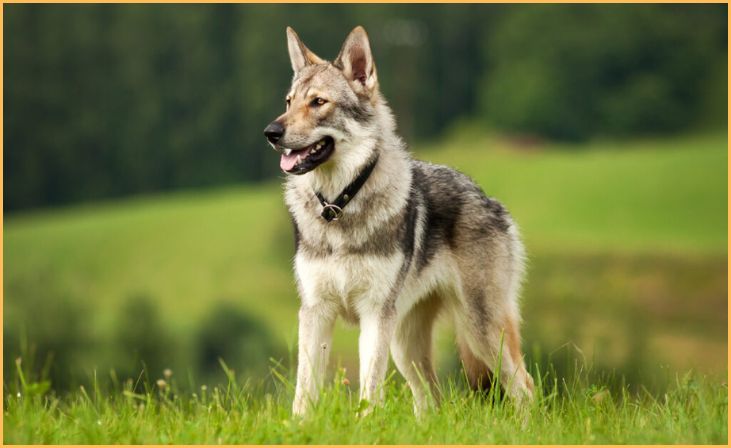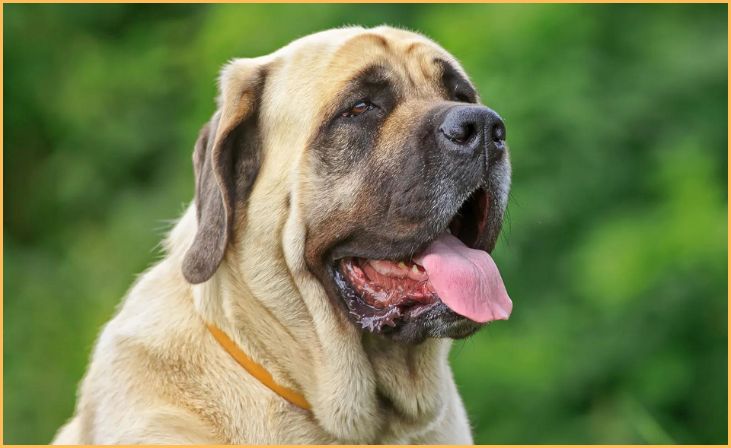Discover the power behind canine bites as we delve into the world of “7 Dog Breeds with the Strongest Bite Force.” From the mighty jaws of the Kangal to the gripping force of the Rottweiler, this blog explores the fascinating realm of bite strength in man’s best friends.
Whether you’re a dog enthusiast or simply curious about the capabilities of these remarkable breeds, join us on a journey to understand the science and significance behind their formidable bite forces. Unleash the knowledge and learn what makes these dogs stand out in the world of jaw strength.
7 Dog Breeds with the Strongest Bite Force
Kangal: Unrivaled Might

The Kangal, a Turkish breed known for its colossal size and strength, stands out as one of the canine world’s true giants. Renowned for its remarkable bite force, which can exceed 700 PSI (pounds per square inch), the Kangal boasts a bite that’s both powerful and efficient. Originally bred to guard livestock against predators, the Kangal’s bite force serves as a testament to its protective instincts. With a massive head and strong jaws, this breed commands respect and awe, making it a fascinating subject in the realm of canine bite strength.
Also Read:- Best Exercises That Your Puppy Needs
Rottweiler: A Formidable Guardian

The Rottweiler, a breed celebrated for its loyalty and versatility, possesses a formidable bite force that can reach up to 328 PSI. These dogs were historically used for herding and guarding, requiring strength and resilience. The Rottweiler’s bite force reflects its innate protective nature, making it a popular choice for families seeking a reliable and powerful companion. Despite their strength, Rottweilers are known for their gentle demeanor when properly trained, showcasing the harmonious balance between strength and temperament in this remarkable breed.
German Shepherd: Intelligence and Force

The German Shepherd, renowned for its intelligence and versatility, also boasts a strong bite force, averaging around 238 PSI. Used in various roles such as police work, search and rescue, and as service dogs, German Shepherds exhibit both mental acuity and physical strength. Their bite force is a crucial aspect of their skill set, aiding in apprehension tasks. Beyond their working capabilities, German Shepherds are cherished for their loyalty and adaptability, showcasing that intelligence and strength can coexist harmoniously in the canine kingdom.
American Bulldog: Tenacity in Action

The American Bulldog is a breed known for its tenacity and muscular build, with a bite force that ranges from 305 to 400 PSI. Originally developed for farm work and as a catch dog for feral pigs, this breed’s bite force is a reflection of its historical duties. American Bulldogs are characterized by their courage and determination, making them powerful protectors and loyal companions. Their bite force serves as a testament to the breed’s resilience and unwavering dedication to tasks at hand.
Dogue de Bordeaux: French Powerhouse

The Dogue de Bordeaux, often referred to as the French Mastiff, is a breed known for its massive head and muscular build, accompanied by a bite force that can reach up to 556 PSI. Originally used for various tasks, including guarding and pulling carts, this breed’s bite force is a product of selective breeding for strength and power. Despite their imposing appearance, Dogue de Bordeauxs are known for their gentle and affectionate nature, showcasing the dichotomy between their powerful bite and loving temperament.
Wolfdog: Bridging Two Worlds

Wolfdogs, a hybrid between domestic dogs and wolves, exhibit a bite force that varies depending on their wolf ancestry. It can range from 400 to 1200 PSI, depending on the wolf content in their genetic makeup. This breed represents a unique intersection between the wild and domestic, with a bite force that echoes the strength of their wild counterparts. Wolfdogs require specialized care due to their complex nature, emphasizing the importance of understanding and respecting the distinct qualities of this captivating hybrid.
Also Read: Popular Types of Shepherds
Mastiff: Gentle Giant with a Strong Bite

The Mastiff, often referred to as the gentle giant of the dog world, possesses a powerful bite force that can exceed 550 PSI. Despite their massive size and strength, Mastiffs are known for their calm and gentle disposition, making them excellent family pets. Bred for guarding and protection, their bite force is a reflection of their historical role as formidable protectors. The Mastiff’s combination of strength and gentleness makes it a unique and cherished breed, showcasing that a powerful bite can coexist with a loving and gentle nature.
How to Stop Dog From Biting
Preventing dog bites is crucial for the safety of both humans and canines. Here are essential tips on how to stop dog bites:
- Socialization from an Early Age: Begin socializing your dog at a young age, exposing them to various people, environments, and other animals. Proper socialization helps dogs become accustomed to different situations, reducing the likelihood of fear-based aggression.
- Professional Training: Enroll your dog in professional training classes to teach basic commands and reinforce obedience. A well-trained dog is less likely to engage in aggressive behaviors, and training provides a foundation for effective communication between you and your pet.
- Supervision and Control: Always supervise interactions between your dog and unfamiliar people, especially children. Use a leash or harness in public spaces to maintain control over your dog, preventing unexpected incidents.
- Educate Children: Teach kids the right way to meet and interact with dogs. Instruct them to avoid sudden movements, loud noises, and to always ask the owner for permission before petting a dog. Educating children about canine body language is key to preventing bites.
- Recognize Stress Signals: Be attentive to your dog’s body language. Signs of stress, fear, or discomfort, such as growling, barking, or avoidance, should be addressed immediately. Understanding these signals allows you to remove your dog from potentially stressful situations.
- Spaying/Neutering: Consider spaying or neutering your dog, as this can reduce aggressive behaviors. Unaltered dogs may be more prone to territorial aggression, especially in the presence of other animals.
- Provide a Safe Haven: Create a designated space in your home where your dog can retreat when feeling overwhelmed or anxious. This safe haven gives your dog a sense of security and helps prevent situations that may lead to defensive aggression.
- Regular Exercise: Ensure your dog receives regular exercise to channel their energy positively. Physical activity not only promotes overall well-being but also reduces the likelihood of boredom-related behavioral issues that can lead to aggression.
- Medical Check-ups: Regular veterinary check-ups are essential to address any underlying health issues that may contribute to aggressive behavior. Pain or discomfort can make a dog more prone to biting as a defensive response.
- Consult a Professional: If you notice concerning behaviors or aggression in your dog, consult with a professional dog trainer or behaviorist. They can assess the situation, provide guidance on corrective measures, and tailor a training plan to address specific issues.
By implementing these proactive measures, you can significantly reduce the risk of dog bites and foster a positive and safe relationship between your dog and the people around them.
Also Read : 10 Cutest Dog Breeds to Keep as Pets
Conclusion
As we conclude our exploration into the “7 Dog Breeds with the Strongest Bite Force,” it’s evident that canine jaw strength is a marvel of nature. From the gentle giants to the fierce protectors, each breed brings unique qualities to the table.
Understanding these bite forces not only deepens our appreciation for these incredible animals but also emphasizes the importance of responsible ownership. The journey into the realm of dog bites leaves us in awe of the diverse strengths within the canine world.
FAQs
Bite force is measured in pounds per square inch (PSI) by using a bite sleeve equipped with pressure sensors. It helps gauge the maximum force a dog’s jaw can exert.
No, bite force doesn’t necessarily indicate aggression. It’s a physiological measurement related to jaw strength, while aggression is influenced by various factors like training, socialization, and temperament.







